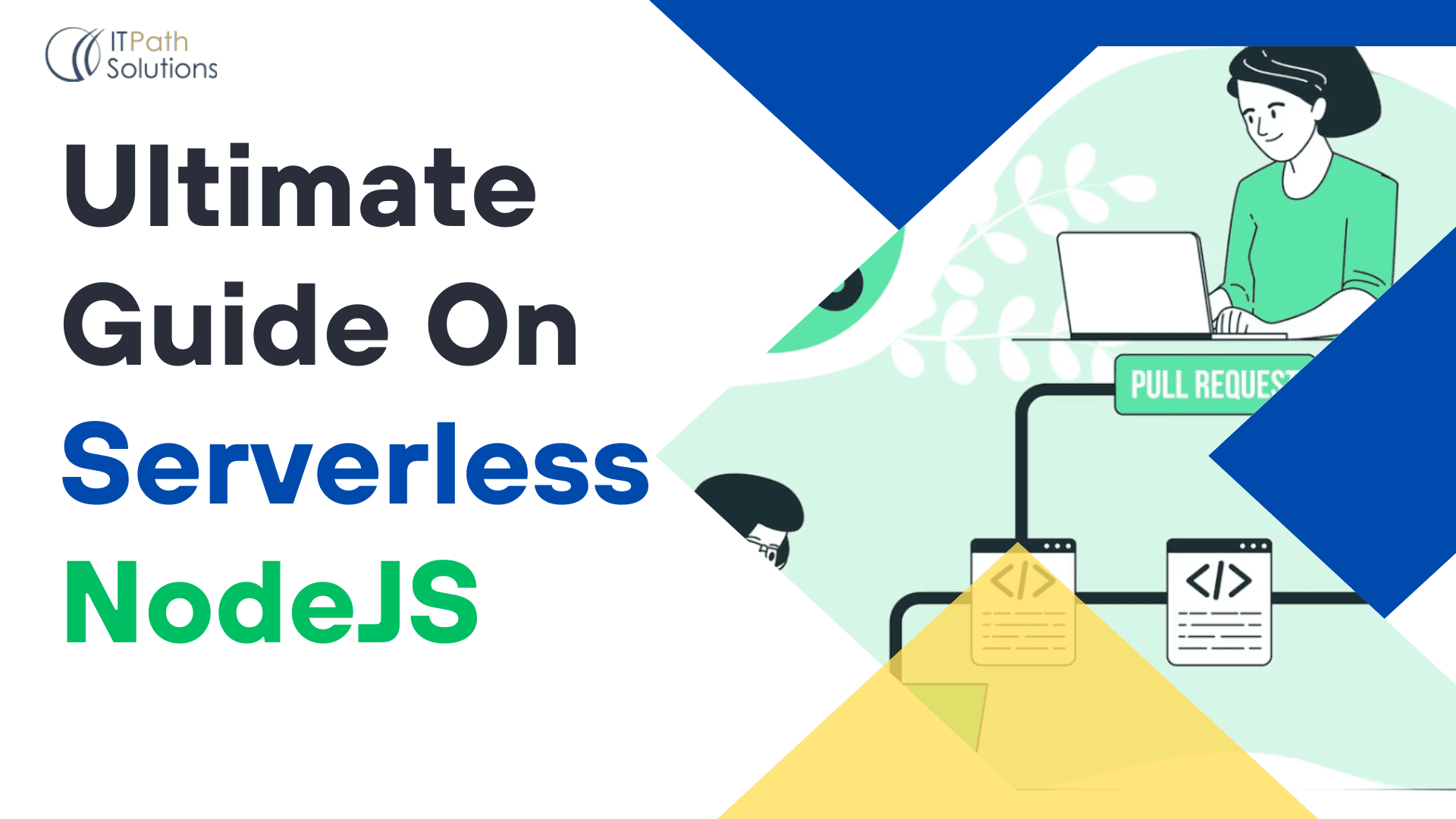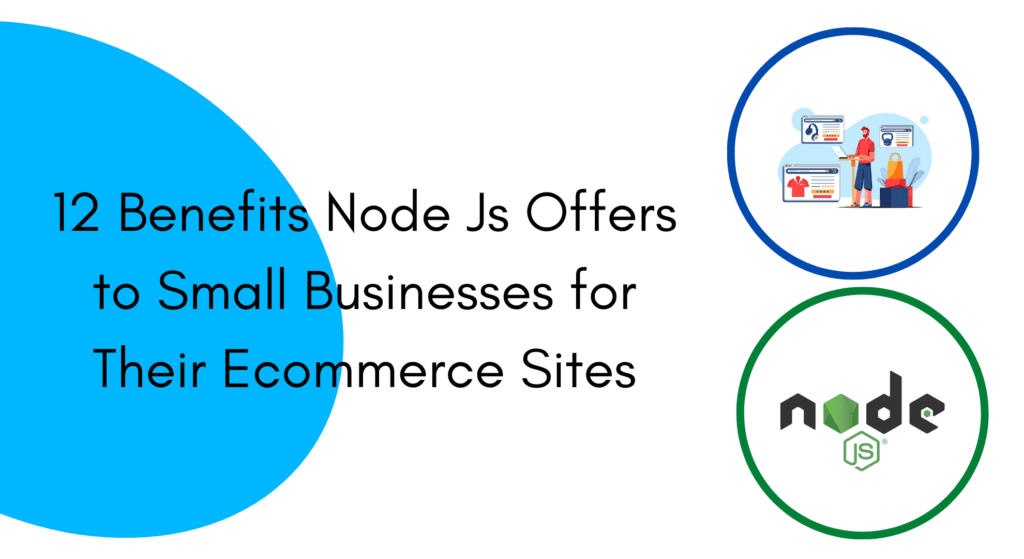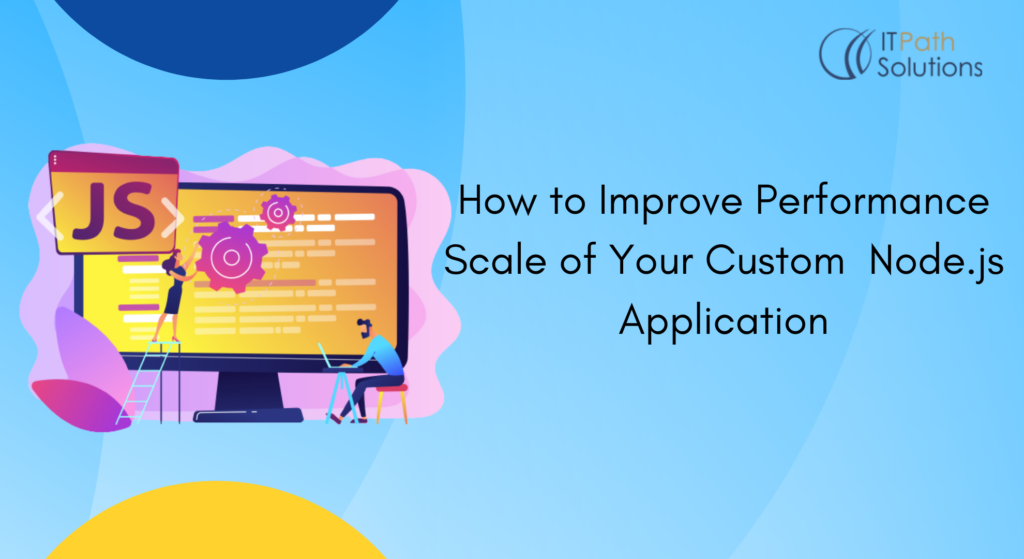Ultimate Guide On Serverless NodeJS
node js
Serverless Node refers to the development and deployment of Node.js applications without the need to manage traditional server infrastructure. In a traditional server-based architecture, developers are responsible for provisioning, scaling, and managing servers to host their applications. However, with the serverless paradigm, the infrastructure management is abstracted away, allowing developers to focus solely on writing code and building functionalities. In a serverless Node environment, developers leverage a cloud provider’s infrastructure, such as AWS Lambda, Google Cloud Functions, or Microsoft Azure Functions, to execute their Node.js code in a scalable and event-driven manner. Instead of provisioning and managing servers, developers break down their applications into smaller, independent functions that respond to specific events or triggers. When developing with serverless Node, you typically write individual functions in Node.js that are triggered by events. These functions can be written in a serverless framework like AWS SAM (Serverless Application Model) or the Serverless Framework, which provides tools and abstractions to streamline the development and deployment process.
What is Serverless Node & How Does it Work?
Serverless Node, also known as serverless computing with Node.js, is an approach to building and deploying applications where Node js developers can write and execute Node.js functions without managing the underlying server infrastructure. It enables developers to focus solely on writing code and implementing the application’s business logic, while the cloud provider takes care of provisioning, scaling, and managing the servers.
Here’s how serverless Node typically works
Function Authoring Developers write individual functions using Node.js to implement specific business logic or handle specific events. These functions are self-contained units of code that perform a specific task. Each function follows the Node.js programming model and can be written using frameworks like Express.js or vanilla Node.js code.
Cloud Provider Serverless Node relies on a cloud provider’s infrastructure, such as AWS Lambda, Google Cloud Functions, or Microsoft Azure Functions. Developers choose a provider and deploy their functions to that platform. Each cloud provider has its own specific configuration and deployment process, but the core concept remains the same.
Event Triggers Serverless functions are typically triggered by events. Events can include HTTP requests, database changes, file uploads, scheduled tasks, or any other event that the cloud provider supports. When an event occurs, the corresponding function is executed in response to that event.
Scalability One of the key benefits of serverless Node is its automatic scalability. The cloud provider manages the scaling of functions based on the incoming event load. If multiple events occur simultaneously, the provider scales up the resources to execute the functions in parallel. Conversely, if there is low or no event activity, the provider scales down to save resources and costs. Billing Serverless Node follows a pay-per-use model. You are billed based on the number of function executions and the resources consumed during each execution. This model eliminates the need for provisioning and paying for idle server time, resulting in cost savings.
Integrated Services Serverless platforms often provide additional services and integrations that developers can leverage in their Node.js functions. These services include databases, storage, authentication, and various APIs. By utilizing these integrated services, developers can quickly build complex applications without having to manage the infrastructure for these services separately.
Monitoring and Logging Serverless platforms usually offer built-in monitoring and logging capabilities. Developers can access logs, track function invocations, monitor performance metrics, and set up alerts for any issues or errors that occur within their functions.
Should You Leverage Serverless Node.js?
Deciding whether to leverage serverless Node.js for your application depends on various factors and considerations. Here are some points to help you determine if serverless Node.js is a suitable choice for your use case:
Event-Driven and Stateless Functions Serverless Node.js is well-suited for event-driven architectures where functions respond to specific events or triggers, such as HTTP requests, database changes, or file uploads. If your application can be divided into stateless functions that perform discrete tasks, serverless Node.js can be a good fit.
Variable Workloads and Scaling If your application experiences variable workloads with periods of high demand and periods of low activity, serverless Node.js can be advantageous. The automatic scaling capabilities of serverless platforms ensure that your functions can handle spikes in traffic without provisioning and managing additional servers. This can result in cost savings during low-traffic periods.
Cost Efficiency Serverless Node.js operates on a pay-per-execution model, where you are charged based on the number of function invocations and the resources consumed. If your application has unpredictable or sporadic usage patterns, serverless Node.js can be cost-effective since you only pay for the actual usage, without incurring costs for idle server time.
Rapid Development and Deployment Serverless Node.js allows developers to focus on writing code and implementing business logic, without the need to manage servers or infrastructure. If your development team values rapid development cycles and wants to reduce operational overhead, serverless Node.js can streamline the development and deployment process.
Leveraging Cloud Provider Services Serverless platforms often provide pre-integrated services, such as databases, storage, and authentication, which can be easily used within your Node.js functions. If you can benefit from these services and want to leverage the infrastructure and ecosystem provided by the chosen cloud provider, serverless Node.js can be advantageous.
Vendor Lock-in Consider the potential vendor lock-in associated with serverless Node.js. While each cloud provider offers similar functionality, there might be some differences in implementation and features. If portability across multiple cloud providers is a crucial requirement for your application, serverless might introduce some limitations.
Long-Running or Resource-Intensive Operations Serverless platforms often impose limitations on the maximum execution duration and available resources for functions. If your application requires long-running operations or resource-intensive tasks, serverless Node.js might not be the most suitable choice.
Here are Some Serverless Applications Built Using Node.js
Node.js development is a popular choice for building serverless applications due to its event-driven, non-blocking I/O model and the vast ecosystem of libraries and frameworks available. Here are some examples of serverless applications built using Node.js:
APIs and Microservices Node.js is commonly used to build serverless APIs and microservices that respond to HTTP requests. These applications can be built using frameworks like Express.js or Serverless Framework, allowing you to quickly develop and deploy scalable APIs.
Real-time Applications Node.js, with its ability to handle a large number of concurrent connections, is well-suited for building real-time applications. Serverless architectures enable the development of real-time chat applications, collaborative tools, or live data streaming applications.
Data Processing and ETL Node.js is used in serverless applications for data processing, ETL (Extract, Transform, Load), and batch processing tasks. With serverless platforms, you can process large amounts of data by triggering functions based on database events, file uploads, or scheduled tasks.
Webhooks and Integrations Serverless Node.js applications are often used to handle webhooks and integrate different systems or services. For example, you can build applications that respond to events from third-party services like GitHub, Stripe, or Twilio and perform specific actions based on those events.
Background Tasks and Cron Jobs Serverless Node.js allows you to schedule and run background tasks or cron jobs without the need for dedicated servers. You can write functions that are triggered at specified intervals to perform tasks like data backups, database cleanup, or sending periodic notifications.
Image and File Processing Node.js, combined with serverless architectures, can be used to build applications that process images or manipulate files on the fly. You can leverage serverless functions to resize images, apply filters, generate thumbnails, or perform other file-processing tasks.
Chatbots and Virtual Assistants Node.js is often chosen for building chatbots and virtual assistants that interact with users through messaging platforms or voice interfaces. With serverless, you can handle user input, process natural language, and integrate with external APIs to provide intelligent responses.
Conclusion
Serverless Node.js offers a powerful and efficient way to build and deploy applications without the need to manage server infrastructure. Serverless Node.js is well-suited for event-driven and stateless functions, variable workloads, cost-efficient applications, rapid development and deployment, leveraging cloud provider services, and building real-time applications, APIs, microservices, data processing tasks, webhooks, and more. By leveraging the event-driven and scalable nature of Node.js within a serverless environment, developers can build applications that are highly responsive, cost-effective, and easily scalable.
 Healthcare
Healthcare  Education
Education  Real Estate
Real Estate  Logistic
Logistic  Fitness
Fitness  Tourism
Tourism  Travel
Travel  Banking
Banking  Media
Media  E-commerce
E-commerce  Themes
Themes
 Plugins
Plugins
 Patterns
Patterns

